Ninh Thuan is a coastal province in the South Central Coast region of Vietnam. The center of the province is Phan Rang - Thap Cham city, located about 350km south of Ho Chi Minh City, 105km from Nha Trang, 110km from Da Lat and about 60km from Cam Ranh airport, convenient for socio-economic development of the province.
History of the formation of Ninh Thuan province
Ninh Thuan was part of the territory of the ancient Champa kingdom.
- In 1653, Lord Nguyen Phuc Tan (1620 - 1687) who was guarding Dang Trong, brought troops to capture Phan Lang (later Phan Rang) and established it as Thai Khang camp. - In 1692, Lord Nguyen Phuc Chu annexed Phan Rang and the remaining land into our country and named it Thuan Thanh town. - In 1832, Thuan Thanh town was changed to Binh Thuan province, including two prefectures Ninh Thuan and Ham Thuan.
- On May 20, 1901, the Governor-General of Indochina issued a Decree to establish Phan Rang province, the provincial capital was also Phan Rang.
- In 1913, Phan Rang province was abolished, the northern part merged into Khanh Hoa province, and the southern part was called the administrative agency, belonging to Binh Thuan province.
- On July 5, 1922, Phan Rang province, also known as Ninh Thuan province, was re-established. The province included Ninh Thuan prefecture and An Phuoc district (where the Cham people resided), governed by a French Resident. Under the Resident was also a Governor. In 1958, Ninh Thuan province consisted of 3 districts (24 communes): Thanh Hai (district capital of Khanh Hai), An Phuoc (district capital of Hau Phuoc), Buu Son (district capital of An Son).
- April 6, 1960, Du Long district was established, by separating part of Buu Son district and part of Cam Lam district, Khanh Hoa province. The district capital is located in Karom, Cam Ly commune.
- Before April 16, 1975, Ninh Thuan province included 5 districts: Thanh Hai, An Phuoc, Buu Son, Du Long and Song Pha.
- After April 30, 1975, Ninh Thuan was merged with Binh Thuan, Tuyen Duc, Lam Dong to form Thuan Lam province.
- In February 1976, implementing the policy of dissolving regions and merging provinces in Southern Vietnam, the three provinces of Ninh Thuan, Binh Thuan and Binh Tuy merged into Thuan Hai province. In the old Ninh Thuan province, there was one town (Phan Rang) and three districts (Ninh Son, Ninh Hai, An Phuoc).
- From 1977 to 1981, Ninh Thuan province merged from one town and three districts into two districts: An Son district with Thap Cham district town and Ninh Hai district (new) with Phan Rang district town.
- Since 1981, the old administrative units have returned to 1 town and 3 districts.
- On December 26, 1991, according to the resolution of the 8th National Assembly, 10th session, Thuan Hai province was divided into two provinces, Binh Thuan and Ninh Thuan.
- On April 1, 1992, Ninh Thuan province officially came into operation. At that time, Ninh Thuan province had an area of 3,530.4 km², a population of 406,732 people and included 1 town (Phan Rang) and 3 districts (Ninh Son, Ninh Hai, Ninh Phuoc).
- November 6, 2000, Bac Ai district was established.
- October 1, 2005, Thuan Bac district was established.
- On June 10, 2009, Thuan Nam district was established.
Some cultural features of Ninh Thuan Province
Population: 564,129 people (2009)
Ethnic groups: Kinh, Cham, Raglai, Coho, Hoa...
Administrative units: 1 Provincial capital (Phan Rang - Thap Cham City), 6 districts
Currently, Ninh Thuan has 233 listed and classified relics including 46 communal houses, 11 temples, 85 pagodas and 91 other relics, of which 27 relics are ranked at provincial level and 14 relics are ranked at national level.
Besides, Ninh Thuan is one of the places where ancient Vietnamese people lived. Archaeologists have discovered ancient tombs buried with stone and iron objects belonging to the Sa Huynh civilization about 2,500 years ago in Nhon Hai, Ninh Thuan. Therefore, this place is also a place to preserve many precious heritages of the Champa culture, including writing, folk songs and dances, costumes and brocade weaving, architecture and sculpture.
Ninh Thuan has an almost intact system of Cham towers built many centuries ago, typically the Hoa Lai tower cluster (Ba Thap) built in the 9th century, the Po Klong Garai tower cluster built in the 13th century and the Po Rome tower cluster built in the 17th century.
In addition to the material values, the intangible culture of the Cham people in Ninh Thuan is also rich with more than 100 festivals taking place all year round, of which the most typical is the Kate festival held at the Cham tower in the 7th month of the Cham calendar every year. This is the most unique folk festival in the cultural treasure of the Cham people, reflecting the activities of the local community.
Po Klong Garai Tower
Performing arts
Ninh Thuan is famous for Cham dances. Dances are often associated with festivals such as Rija Nugar, Kate, Rija Praung… in each palei village or on the tower. These are occasions when the Cham people express their remembrance of those who contributed to the country’s construction, or their worship of one or several deified kings.
Accompanying the dance are traditional musical instruments such as: Ginang drum, Bara nung drum, gong, Xaranai trumpet, Grong (rattle), Kanhi... but the most popular is still the trio Ginang, Baranung and Xaranai, in which the main one is still Ginang, because it has a strong, powerful sound, very suitable for festivals as well as reflecting the character of the Cham people. Cham dance can be divided into 2 types: Folk dance and royal dance.
Kate Festival of the Champa People
Destination
Ninh Thuan has many natural and human tourism resources. Ninh Thuan coast has many famous beautiful beaches, which can be bathed all year round such as Binh Tien, Ninh Chu, Ca Na and many rivers and streams serving tourism such as Suoi Vang, Thac Tien, many Cham towers such as Poklong Grai (Cham Tower), Porome Tower (Ninh Phuoc).
The diversity of terrain creates many ecological regions with unique landscapes such as Ngoan Muc Pass, Vinh Hy Bay, Hang Rai, hot springs, Tien Waterfall... favorable for the development of various types of sea tourism, cultural tourism combined with ecological resorts.
Besides the Cham towers and Bau Truc pottery village, Ninh Thuan has many other attractive Cham tourist destinations such as Chung My split stone stele, Cha Bang mountain, Thanh Tin ancient well... Ngoan Muc Pass, Porome Tower, Ca Na tourist village.
Famous dishes such as: 7-course Dong, Ninh Thuan grapes and traditional craft villages are also attractive destinations for tourists to Ninh Thuan.


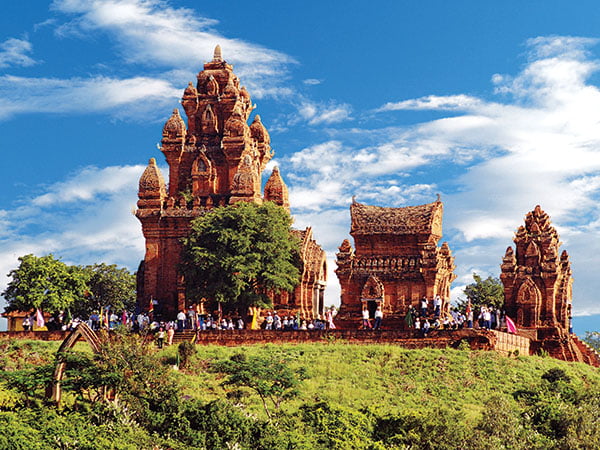
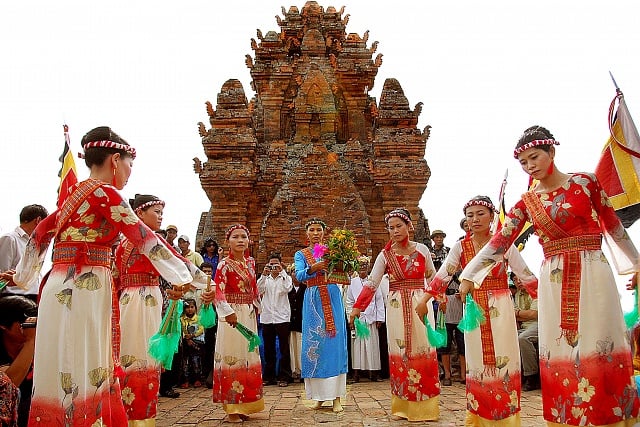



![[Photo] Da Nang: Hundreds of people join hands to clean up a vital tourist route after storm No. 13](https://vphoto.vietnam.vn/thumb/1200x675/vietnam/resource/IMAGE/2025/11/07/1762491638903_image-3-1353-jpg.webp)







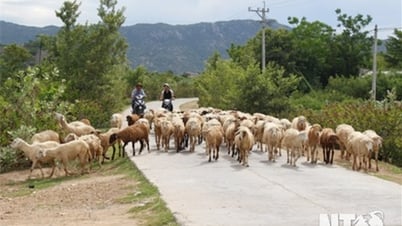
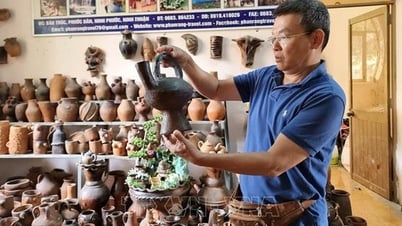






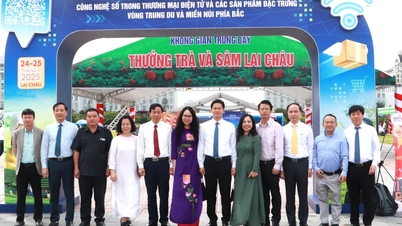



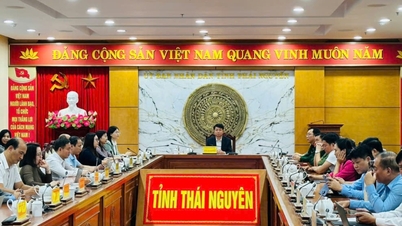






































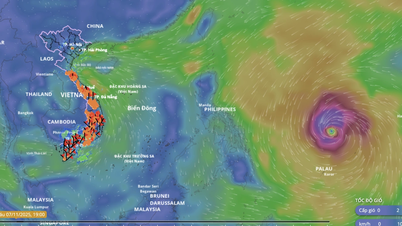




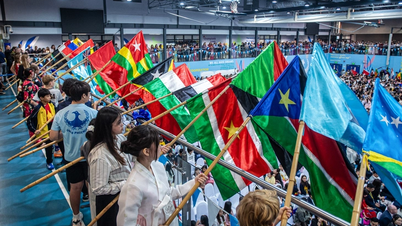







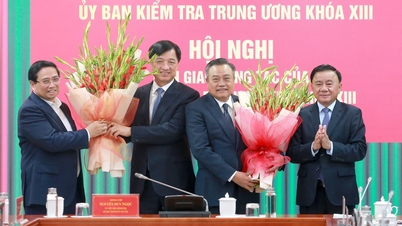





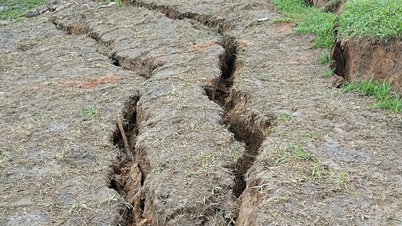
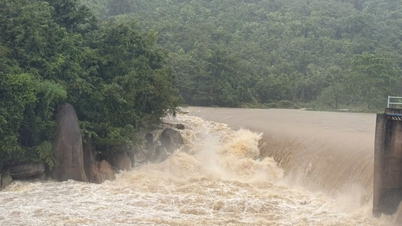
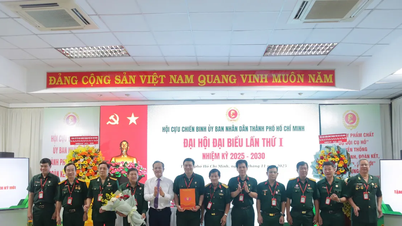
















Comment (0)